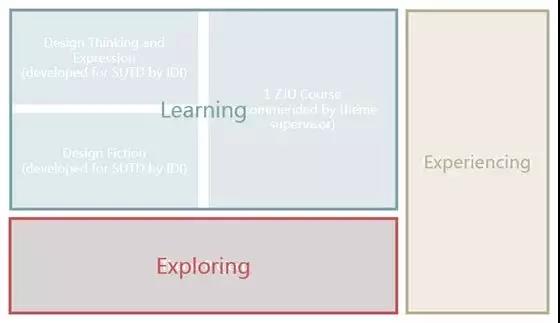
Learning
Exploring
Experiencing
Aims and Objectives
- Students can demonstrate an understanding of the characteristics of design, material and immaterial.
- Students can formulate an effective research method by selecting appropriate physical media, data source and user case, design and implement a workable draft.
- Students can use hardware making and programming skills to design and implement devices, physical and digital .
More particular, by the end of this program, each theme will have:
- One short paper regarding the application of technology of cross disciplines.
- One product or interactive device which can demonstrate their ideas.
Theme Organization
- Weekly discussions;
- Hands-on sessions;
- paper reading and writing
- 3 or more parallel subgroups can be formed in one project direction.
- There will be cooperation and competition among them, and final outcome elimination .
